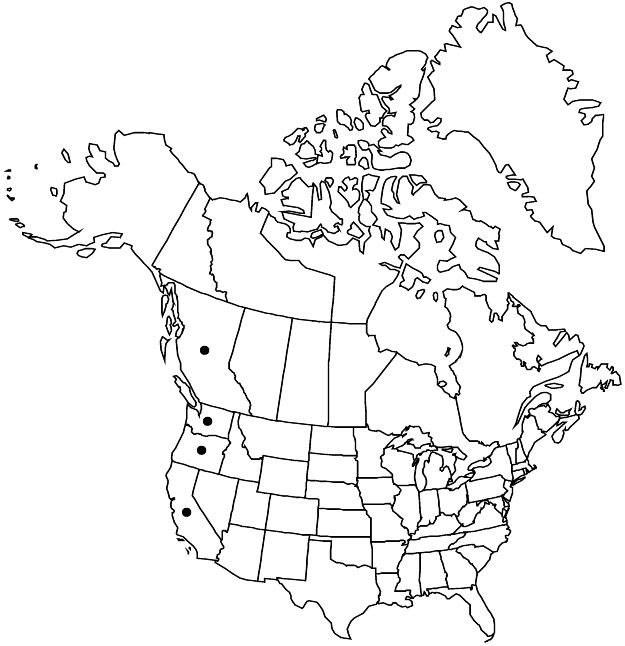Prunus lusitanica
Sp. Pl. 1: 473. 1753.
Shrubs or trees, not suckering, 30–80(–200) dm, not thorny. Twigs with terminal end buds, glabrous. Leaves persistent; petiole 14–20 mm, glabrous, eglandular; blade elliptic, oblong-ovate, or ovate-lanceolate, 6–13 × 2.5–7 cm, base obtuse to rounded, margins crenate-dentate, teeth blunt, glandular, apex acuminate, surfaces glabrous, abaxial eglandular, if glands present, restricted to margins. Inflorescences 18–60[–100]-flowered, racemes; central axes 100–280 mm, leafless at bases. Pedicels 7–15(–22) mm, glabrous. Flowers blooming after leaf emergence; hypanthium cupulate, 2.5–3.5 mm, glabrous externally; sepals spreading to reflexed, semicircular, 1–1.5 mm, margins entire, ± ciliate, abaxial surface glabrous, adaxial hairy; petals white, suborbiculate to obovate, 4–7 mm; ovaries glabrous. Drupes dark purple, ovoid to conic-ovoid, 8–12 mm, glabrous; mesocarps fleshy to leathery; stones ovoid, not flattened. 2n = 32, 64.
Phenology: Flowering May–Jul; fruiting Aug–Nov.
Habitat: Disturbed sites, thickets, urban forests
Elevation: 0–400 m
Distribution

Introduced; B.C., Calif., Oreg., Wash., Europe.
Discussion
Selected References
None.